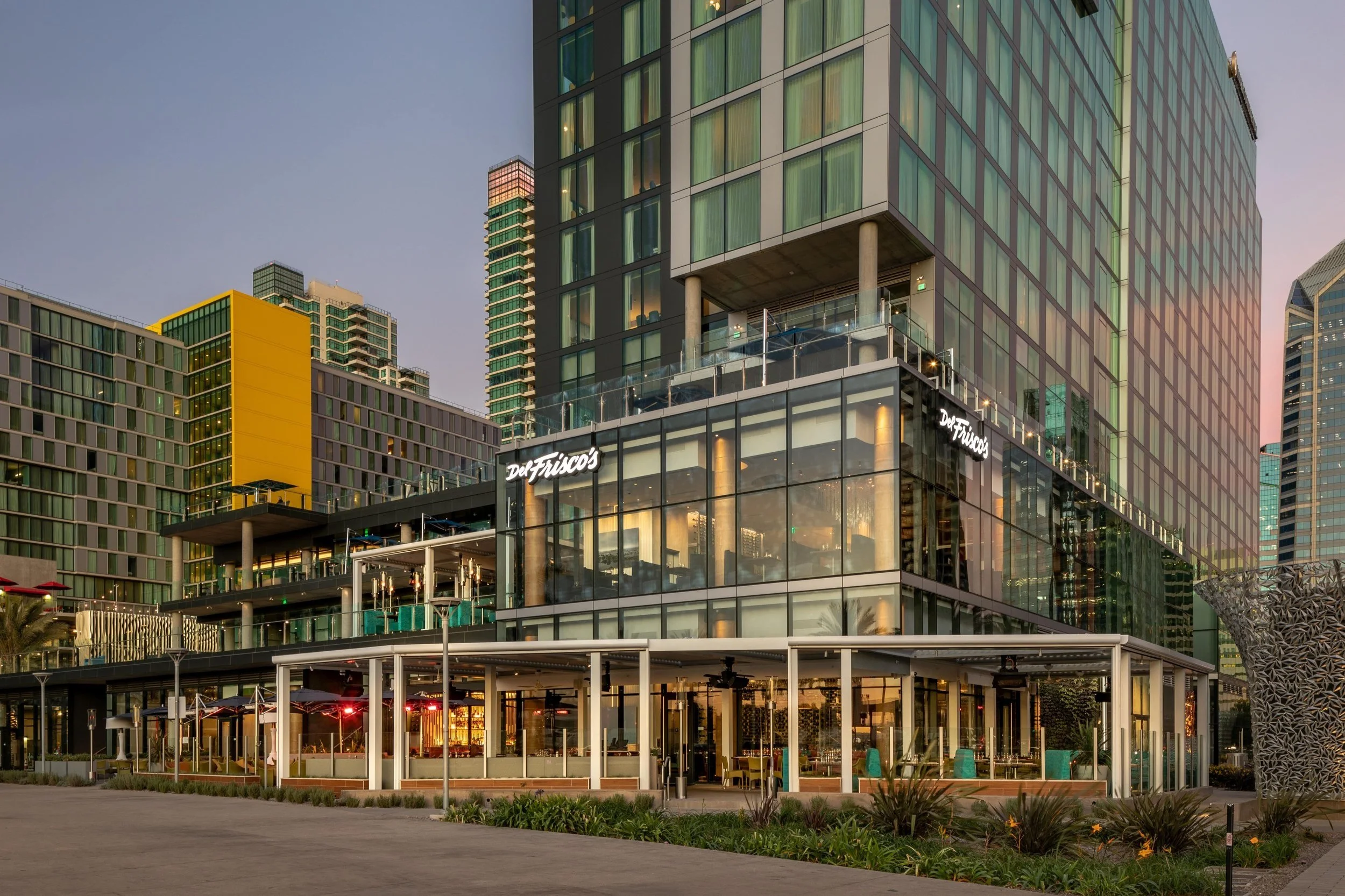6 Innovative Materials for Reducing Noise in a Commercial Space
Commercial spaces are often noisy because they tend to be large with smooth surfaces. There is not much in a commercial space to absorb the sound. Unfortunately, you can’t make everyone be quiet in an office space because they all have phone calls to make, meetings to attend, and communication that has to happen to work as a team. However, there is a way to fix the noise carrying throughout the space. Let’s go over some innovative materials for reducing noise in a commercial space and how to implement them.
image © unsplash
1. Office Acoustic Panels
One way that a lot of companies use to reduce noise is through office acoustic panels. There are two main acoustic panel options-- wall-mounted or floating cloud.
Wall-mounted options are mounted to the walls themselves and though they come in many colors, sizes, and patterns, they may not fit every interior design.
Floating cloud acoustic panels are a much more popular choice for reducing sound because they are suspended from the ceiling. Not only are they out of direct sightlines, but they even add to some designs by providing a modern look.
There are benefits and disadvantages to both of them but each is effective in reducing noise in a commercial space.
2. Decorative Ceiling Panels
If you don’t want to suspend anything from the ceiling or put things on the walls, incorporating decorative ceiling panels could be a good option to reduce noise.
Decorative ceiling panels can match or become an element of your decor. They also cover a lot of surface area providing widespread noise reduction. They are a two-in-one solution as they provide noise reduction but are also an alternative to traditional white ceiling tiles that make spaces feel cold and sterile.
3. Glass Partitions
Another way to keep sound away is by using glass partitions to separate rooms. Open concept has become a popular design trend, but all of the open space is a nightmare when it comes to noise.
Glass partitions allow you to keep the open floor plan look while keeping the noise at bay. They keep the sound contained but since they are glass, it doesn’t limit the sightlines and adds to the modern look. NanaWall systems are a great option for glass partitions because they can fully open up, be closed, and offer a variety of frosted glass or clear looks. Put up glass partitions and walls around meeting spaces, cubicles, waiting spaces, and break or lounge places to contain the noise in those areas.
4. Acoustic Furniture
Acoustic furniture is a unique way to reduce noise in a commercial space. Though you can often look to the walls or ceilings to reduce noise, you can also reduce noise with acoustic office furniture. These pieces are comfortable with sleek designs but absorb the noise.
Your customers will never know they serve an alternative purpose to keep the noise under control. It is especially important to utilize this furniture in places where there tends to be a lot of noise like conference rooms and waiting rooms.
5. Flooring Changes
Many times commercial spaces have polished concrete floors which are great for durability and looks, but not so great for sound. Polished concrete floors only make sound echo and travel more because it is a smooth hard surface and the sound waves just bounce right off.
Instead of the typical polished concrete floors, consider carpet tiles which have a slew of benefits in a commercial setting. Carpet gets a bad rap from being hard to clean and easy to stain, but with carpet tiles, each tile can be peeled back up and replaced so that you can always easily keep your flooring looking brand new. Carpet tiles will also reduce shoe noise from employees and customers walking from place to place.
Additionally, since the carpet is soft it is better on your joints for standing or walking for long hours and of course, absorbs the sound. Get them in several different colors and patterns or even mix and match so that you get the design you’re looking for while still minimizing noise.
6. Soundproofing Foam
Soundproofing foam is yet another innovative noise-reduction material. Soundproofing foam can be applied during construction or into existing buildings depending on your company needs. It can also be hidden while still maintaining effectiveness. Soundproofing foam can provide as little or as much acoustic absorption as you need. However, it is one of the best options for maximum noise reduction so soundproofing foam is often used around places that need close to absolute silence.
Bottom Line
Noise reduction is an important element in commercial spaces since clear communication is vital to any business. Implementing these innovative materials can help keep the echo and noise to a minimum.
Ryan Shure is an editor for the Innovative Building Materials blog and a content writer for the building materials industry. He is focused on helping fellow homeowners, contractors, and architects discover materials and methods of construction that save money, improve energy efficiency, and increase property value.
cover image © unsplash







